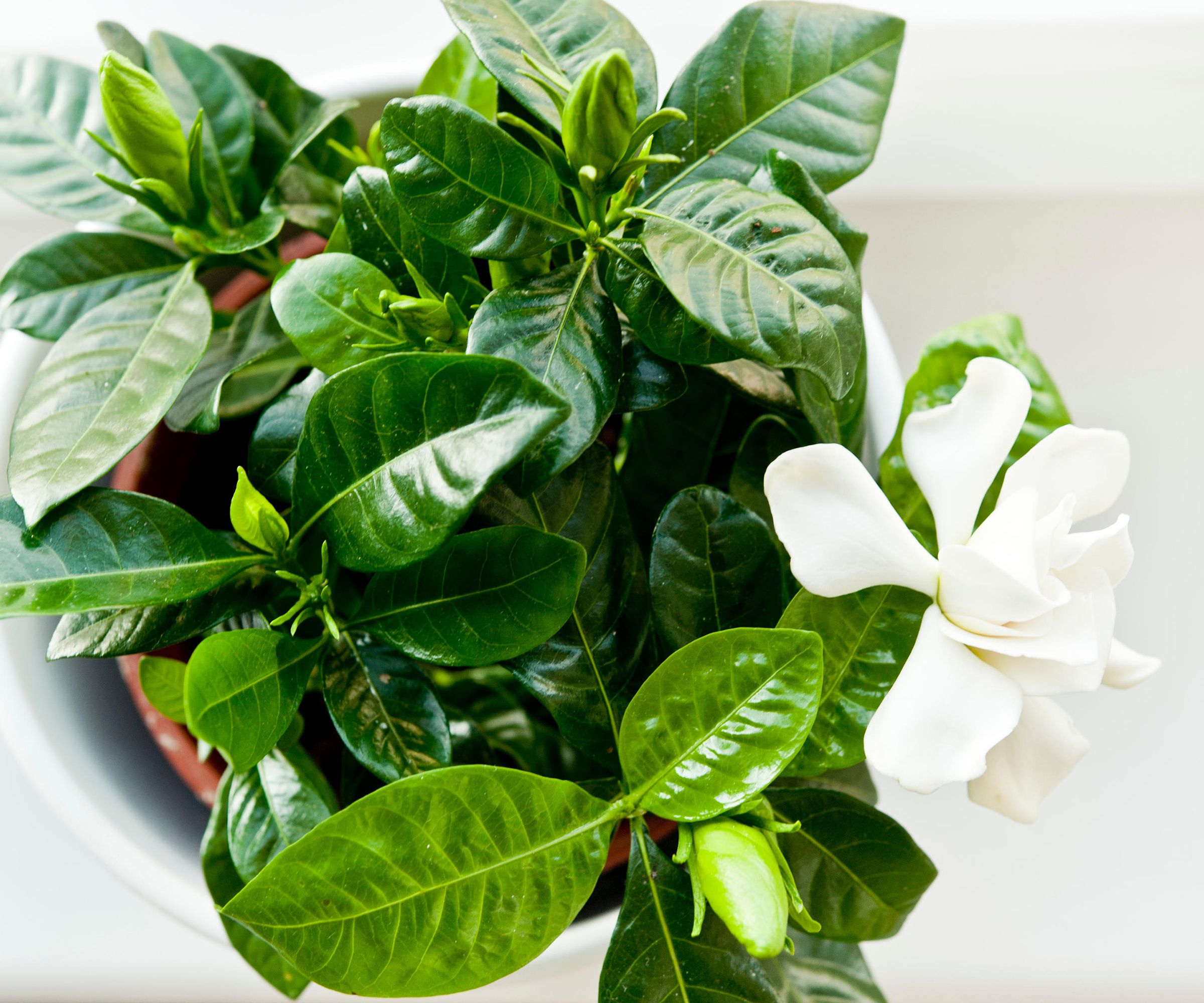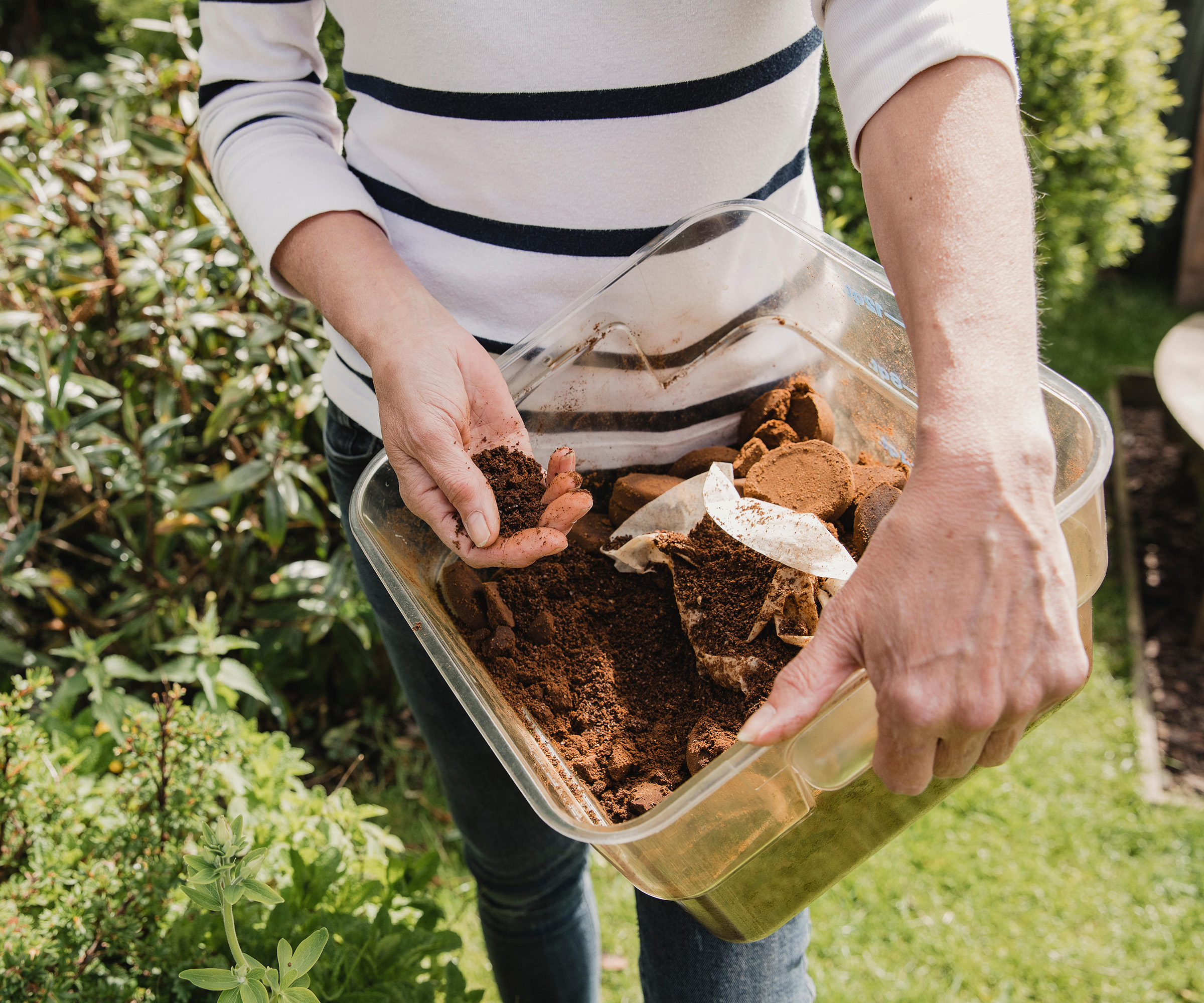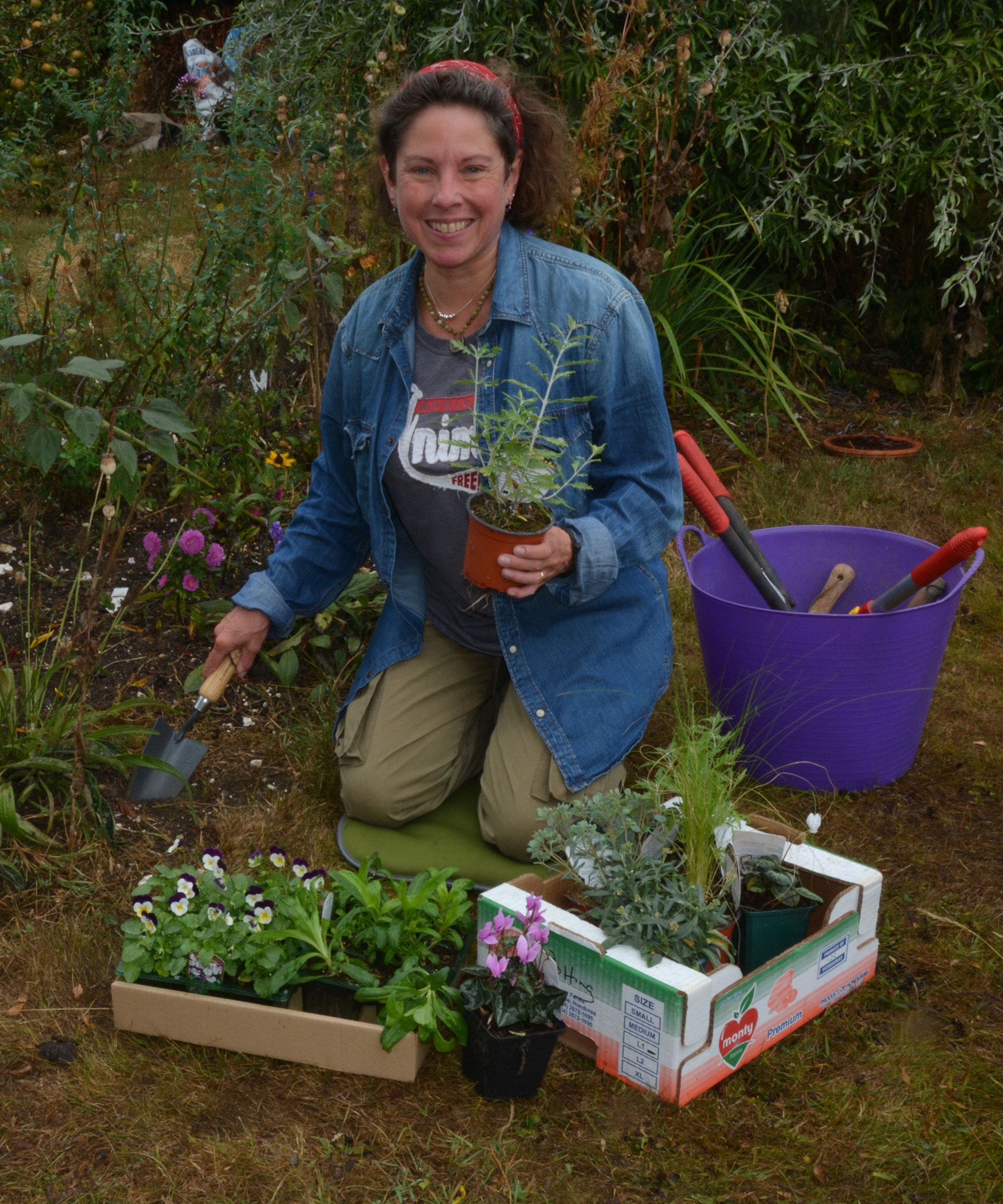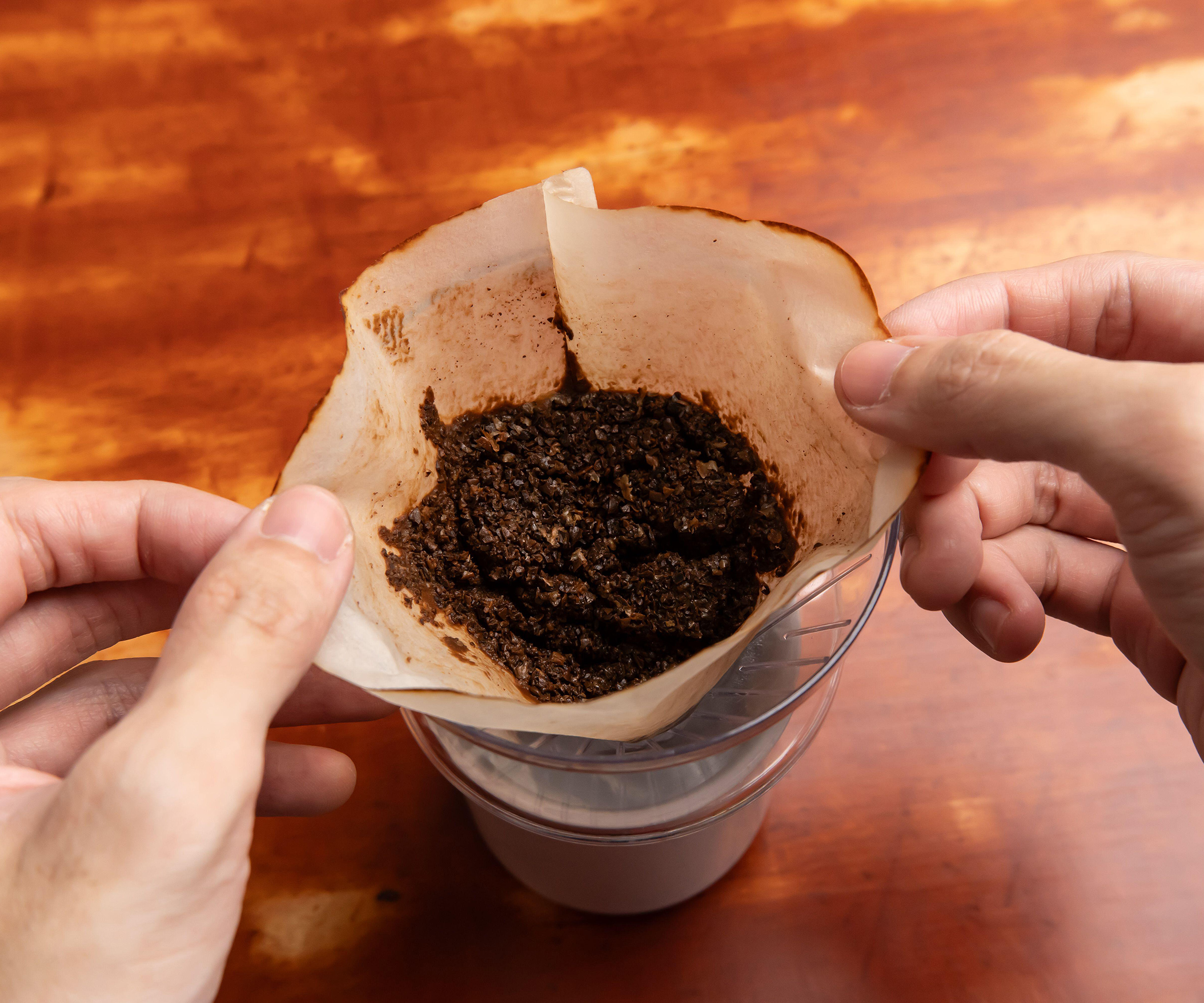Do gardenias like coffee grounds? Experts weigh in on this all-natural plant fertilizer
Coffee grounds have the potential to boost gardenia growth, but take care to apply it in the right way


Rachel Bull
Do gardenias like coffee grounds? Well, yes is the simple answer. However, a little caution is required with these beautiful plants, which are known to be somewhat high maintenance.
Whether grown as indoor plants or outside in the backyard, gardenias require specific soil conditions to keep them thriving. They may require a bit more care than some of your garden shrubs, but their powerfully fragrant blooms are well worth the effort.
Owing to its acidic properties, adding coffee grounds can be a useful, natural way to lower the pH of your soil, as well as adding essential nutrients. Our gardening experts share how you can use them in the most beneficial way for your gardenias, whilst not risking harm to your plant.

Gardenia are acid-loving plants
Do gardenias like coffee grounds?
We've established that these acid-loving plants do respond well to coffee grounds in their soil when used as a nutrient-rich fertilizer, but what is the ideal way to apply it?
'Classy they may be, gardenias are tricky to keep healthy and thriving,' says horticulturalist and gardens writer Anne Swithinbank. 'Without the best care, plants tend to turn a sickly yellow and need supplementary feeding using a liquid fertilizer,' she adds.
Here are some ideas on how to use coffee grounds as a plant fertilizer to boost the health of your gardenias.

As a trained horticulturalist, garden writer and broadcaster, and the author of multiple books, Anne Swithinbank has an extensive knowledge about plants and gardening.
Add coffee grounds to your soil or compost

Coffee is naturally acidic
As coffee grounds decompose, they release micronutrients and small amounts of nitrogen, phosphorus and potassium, so they are a mild, slow-release feed.
Design expertise in your inbox – from inspiring decorating ideas and beautiful celebrity homes to practical gardening advice and shopping round-ups.
This may not be strong enough for your gardenia if it is in need of additional fertilizing. So, supplementing with an ericaceous feed, like this Southern-Gro specialist fertilizer, available from Amazon, is advised.
Though some people believe sprinkling coffee grounds straight on the soil is effective, gardener and gardening editor Ruth Hayes has a different method: 'I don’t put them straight onto soil, but mix the grounds into compost instead.
'Too much coffee applied directly to soil can be toxic to plants, due to the amount of caffeine and polyphenols,' adds Ruth. The right amount however can boost water retention as well as adding essential nutrients.
Don't apply coffee grounds to your gardenias more than once a week - once a fortnight will often be sufficient to give them an acid boost.
If you are making your own compost, adding coffee grounds will make the soil more acidic, meaning it's suited to acid-loving plants such as gardenias, as well as camellia and holly.

Ruth Hayes is an experienced gardening editor and is horticulturally trained, with a qualification from the Royal Horticultural Society. Her work involves matching gardening tasks with each season, covering everything from sowing and planting, to pruning, taking cuttings, dealing with pests and diseases and keeping houseplants healthy.
Make coffee grounds into a liquid fertilizer

Holding onto your coffee grounds could help boost your gardenia
Coffee grounds can be turned into a liquid fertilizer. To get the ratio right, mix a teaspoon of coffee ground with a gallon of water and let it sit outdoors to get to air temperature for a couple of days.
This mixture can then be used as a liquid feed for your gardenias once a month during the growing season. You can apply using a watering can, or pour into a spray bottle, such as these glass spray bottles from Amazon, to spritz around the base of houseplants if you want to try a lighter application.
If you're storing coffee grounds for use on your gardenias, be sure to keep them in an air-tight container to retain their nutrients.
Even if you are not a coffee drinker, many coffee shops are happy to give away their used coffee grounds, providing a free source of fertilizer and giving you the chance to re-use a waste product - great if you are into sustainable gardening ideas.
FAQs
Is instant coffee good for gardenias?
The benefit of using coffee on gardenias is that it helps boost the acidity, as well as having some nutrient value for your plants, which is slowly released into your soil. Instant coffee has been processed far more than fresh coffee, therefore the nutrient levels will be lower. It is also true that roasted coffee has reduced acidity, so this wouldn't be as effective for lowering the pH of your soil.
Coffee grounds are good for boosting the acidity levels in your compost, which is crucial for gardenias to thrive. Learning how to make your own compost at home is a simple and free way to give your plants a much-needed nutrient boost.

Teresa was part of a team that launched Easy Gardens magazine two years ago and edited it for some time. Teresa has been a Gardens Editor at Homes & Gardens, Country Homes & Interiors and Living Etc magazine since 2020 and has developed close working relationships with top garden designers, and has been exposed to an array of rich garden content and expertise.
- Rachel BullHead of Gardens